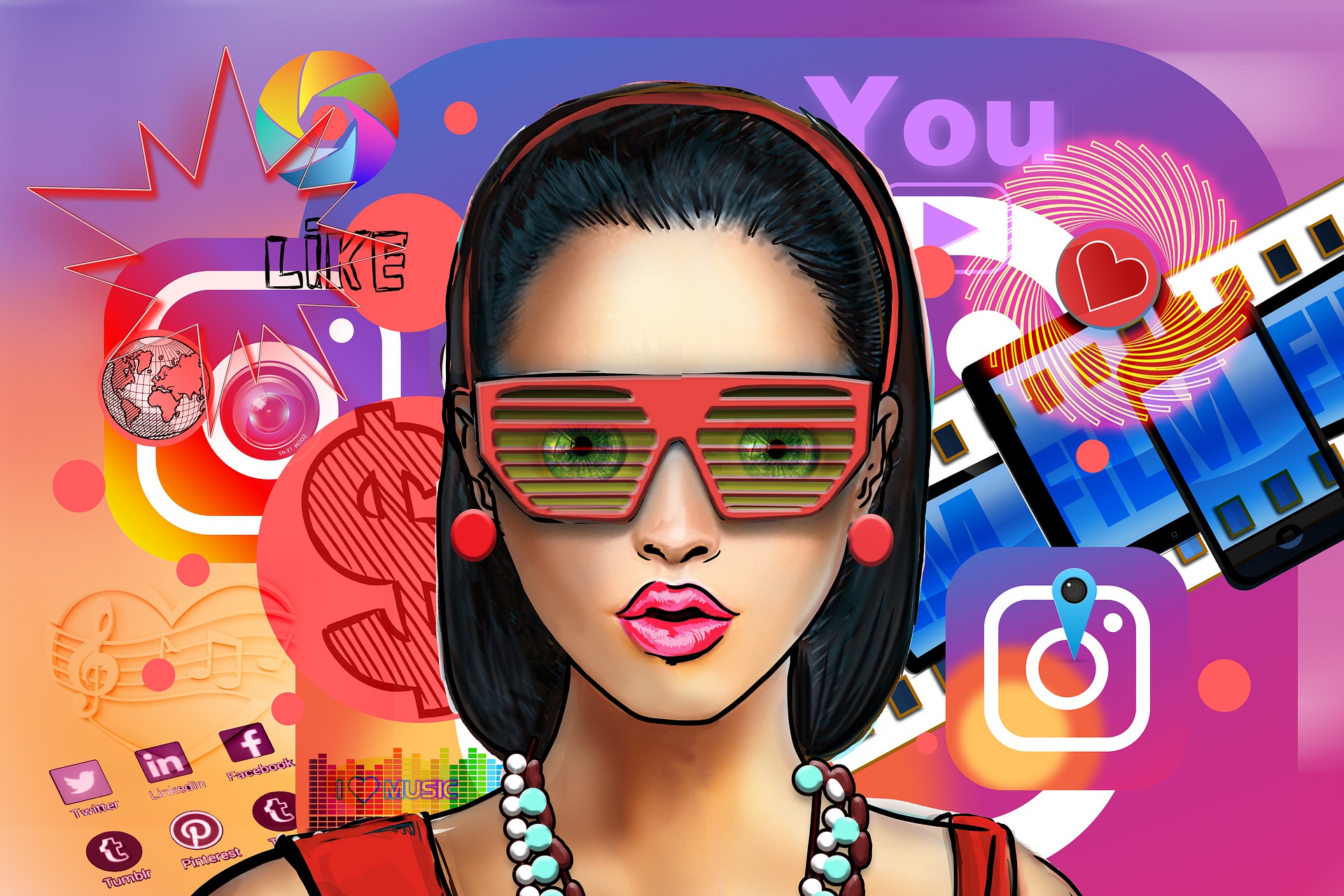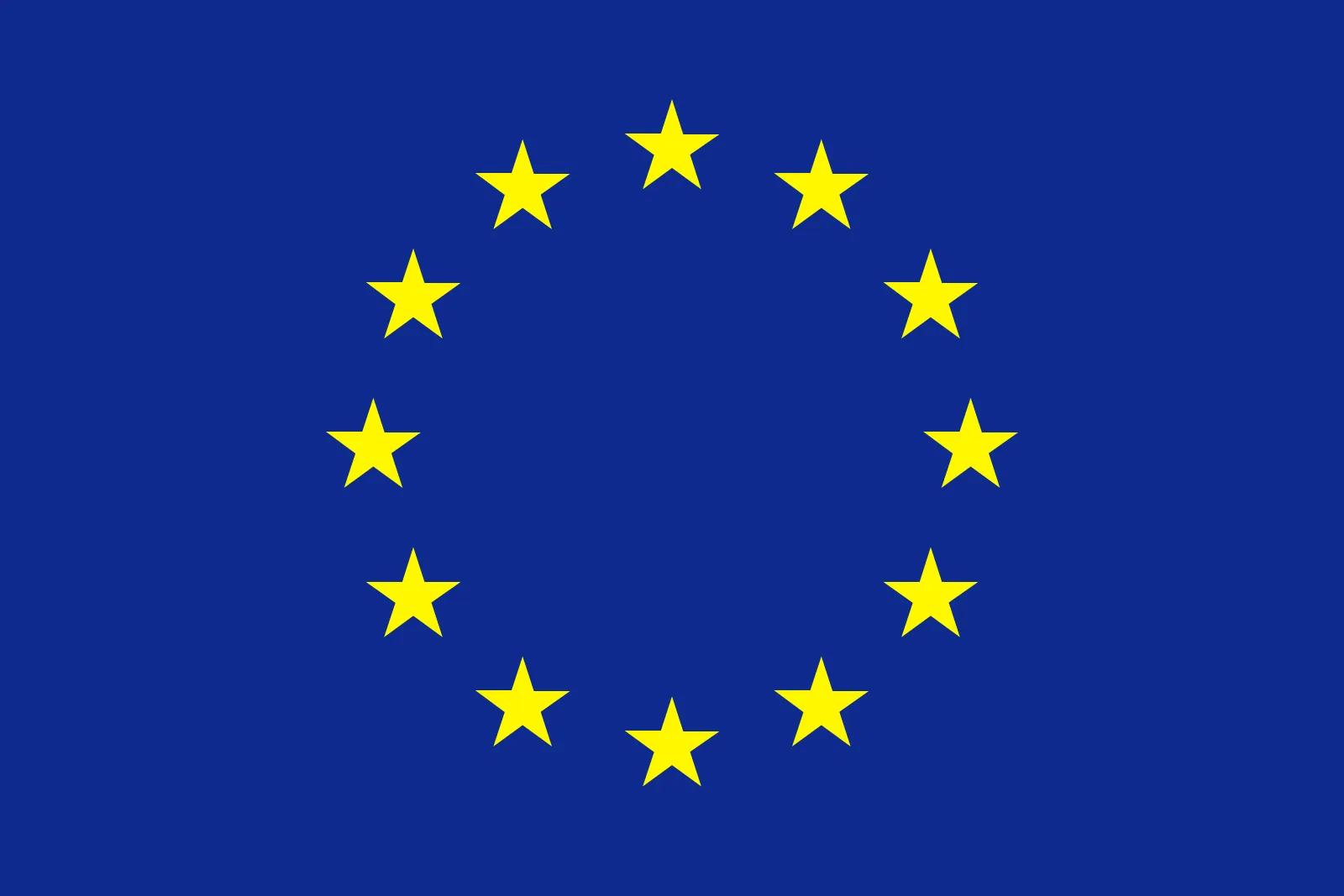Advertising festival Cannes Lions is launching its first Creator program this year, dedicated to influencers and social media content creators. This move shows how the creator economy has implanted itself in the advertising industry. But just how much?
Narration: Do you struggle to keep up with all the latest memes and internet trends?
Tania Bryer: Before 2020, Munya Chawawa was a relatively unknown comedian.
But that changed quickly, as people were forced to stay home, and inevitably spend more time online.
Chawawa’s news parodies and satirical characters on TikTok and Instagram made him a viral sensation – and some would even say, an influencer.
Munya Chawawa: The word ‘influence’ is quite interesting, because there’s a slight stigma attached to it. Some people sort of associate that word with a certain level of being vacuous or superficial. But if anyone refers to me with that term, I’m sort of thinking about the 10 years before I built a profile where I had to learn to edit, to write, direct, to act. And so in that sense, it’s quite reductionist.
Tania Bryer: The creator economy is expected to be worth $528 billion by 2030. And at the root of that economic boom is their relationship with the advertisers.
Munya Chawawa: The creative economy is booming. So, everyone’s releasing stuff all the time.
We’re now sort of recognising them as sort of key pawns on the chessboard of marketing.”
Tania Bryer: So how did we get from this to this?
Do you remember this Coca Cola commercial?
Commercial plays
Tania Bryer: In 1994, it was considered groundbreaking – using an ad to flip gender roles on their head.
Ads had already been around for a long time, but initially, were informative and dry. Then they started to become more entertaining, and by the 1980s and 90s, they hit their stride, using jingles, catchphrases, and story arcs that permeated pop culture.
Commercial plays
Tania Bryer: Until recently, ads exclusively appeared across traditional media channels: radio, TV, print and billboards. Which meant if you wanted to get your product in front of a lot of eyeballs, you were going to have to go through mass media companies to do so.
Richard Edelman: The idea somehow that information comes from top down is done.
Tania Bryer: Richard Edelman is the CEO of the world’s largest publication relations agency, Edelman.
Richard Edelman: They’re no longer just watching mainstream media. They’re on their phones. They’re somehow interacting with brands through the prism of influencers, and it gives them a way to talk back. They’re not just talked about.
A consumer is now really considering what his or her friends are doing, what impact it means to carry a badge brand around, fashion, food and beverage.
Tania Bryer: Joe Gagliese is CEO of influencer talent agency Viral Nation.
Joe Gagliese: There’s been a very large media establishment that’s worked really well for a long time globally, and I think that creators are the largest disruption to it.
So, I believe that, yes, in the long-term perspective, large media organizations are going to have to adjust just to go to where the people are, not necessarily just creators themselves.
Tania Bryer: While it may seem like the creator economy sprung up overnight, it’s actually a story two decades in the making.
At the turn of the century, internet connections began to speed up, enabling platforms like YouTube and Twitter to pop up. These platforms made sharing content with a mass audience accessible to anyone with the internet, and some of these users found stardom. And it wasn’t long before advertisers wanted to tap into their influence.
Still, the bar for becoming a creator was high – often requiring expensive camera and editing equipment
———-Published by MARKETING MONEY MEDIA
Culled from CNBC






Comment
No comments found.